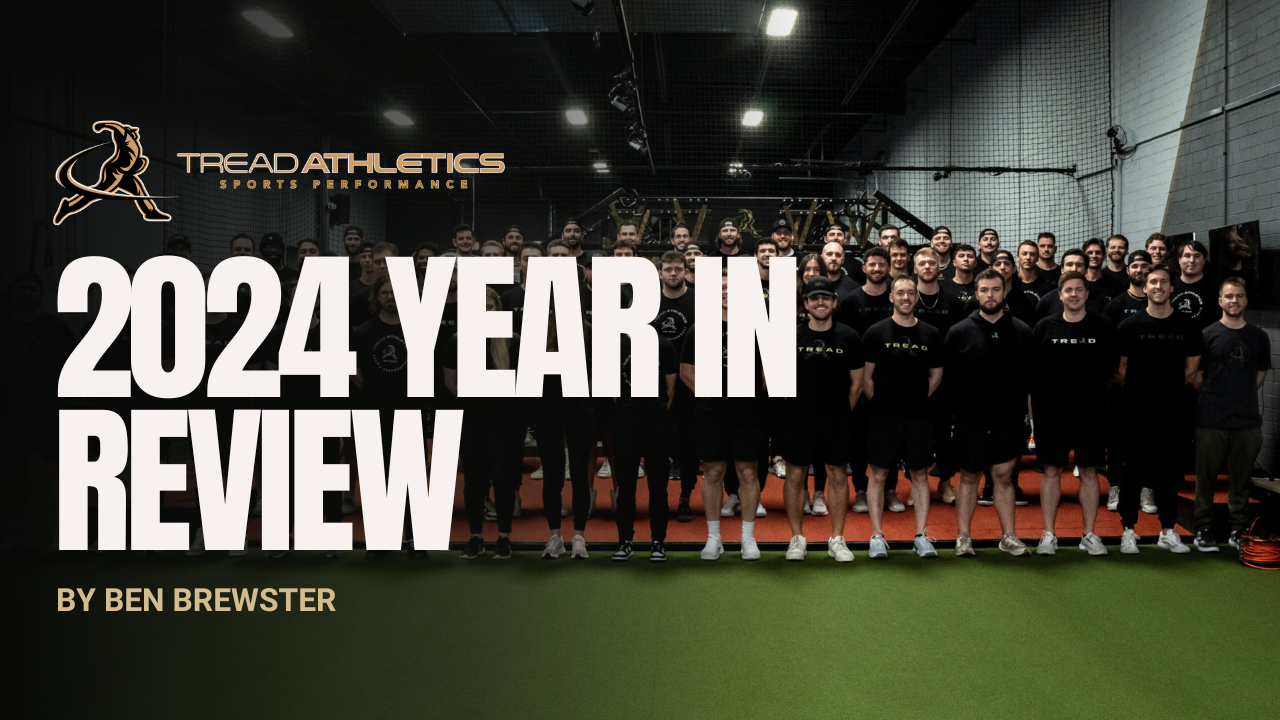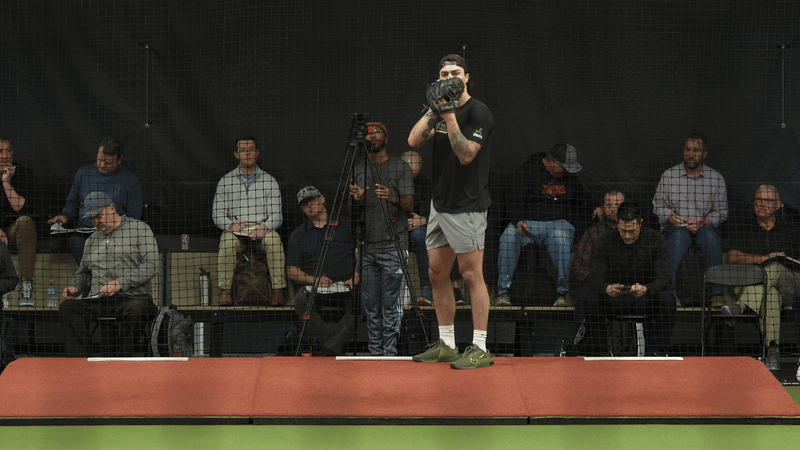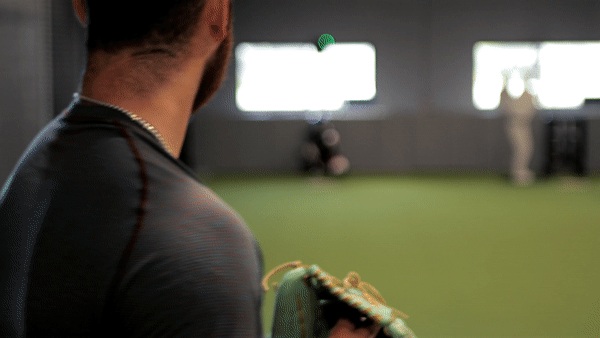
The term key performance indicators, or KPI’s, in the sports performance world can be defined as exercises or athletic tests that have a correlation to on field performance.
For example, a sprinter’s broad jump is a good KPI for their ability to accelerate over the first 15 meters in the 100-meter dash. On the other hand, the results of a VO2 max for these same athletes would not be considered a KPI.
The reason we like KPI’s is that we can train them in the weight room knowing that the time and effort we put into these exercises will pay dividends.
Personally, I’ve studied this subject for a long time as it relates to throwing a baseball and recently, I was made aware of a study that highlighted a particular KPI that was correlated to throwing velocity.
The Scientific Study

The title really grabbed my attention. Not only does this KPI, the rotational medicine ball throw, correlate to throwing velocity but it also predicts bat speed and exit velocity. Obviously, we are going to focus on the throwing side of things here but this looks like something that we should be seeing in baseball weight rooms all across the country.
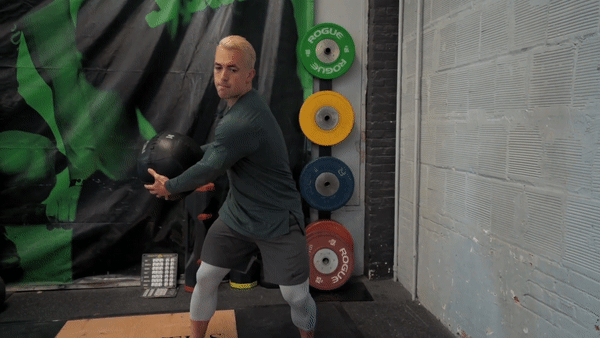
These researchers from Spalding University in Kentucky ran an entire college baseball team through a physical assessment using three tests to see how they relate to these important on-field metrics that we see in the title of the paper.
Here are the three athletic tests
- Rotational Med Ball Throw Velocity (RMBTV)
- Broad Jump (aka standing long jump)
- Lateral-to-Medial Jump
The reason they picked these specific tests is that each one represents one of the three planes of movement that the body can produce.
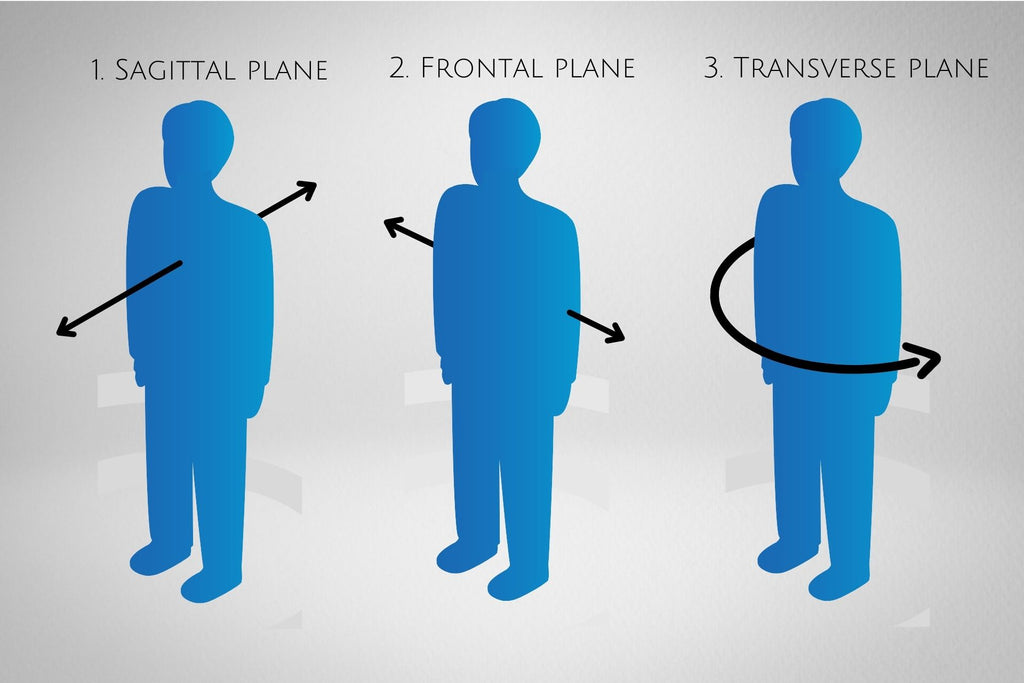
They found, which should be obvious from the title, that it was in fact the rotational med ball throw for velocity (RMBTV) that best predicted all three of these valuable on-field metrics.
Here’s how they performed this movement since there are countless ways to throw a medicine ball.

This motion looks more like hitting than it does pitching. They described this motion in the transverse plane as “long axis rotation through the hip and trunk” which is something that happens when we hit and pitch.
So even though the arms are kept straight throughout the movement there is enough specificity to pitching due to the “long axis rotation” in the transverse plane to cause this correlation between the two.
How well did it correlate to throwing velocity you ask?

Pitchers were able to throw a 6 lb med ball with a 12.5” diameter about 25 mph. The researchers stated that “a moderately high correlation was also observed between pitching velocity and RMBTV (r = 0.62, p = 0.02), explaining 38% of the variance between those two variables”.
In second place was the lateral-to-medial jump which represented the frontal plane. It is still specific to throwing since they both display some side-to-side movement that defines the frontal plane action.
In this case, the jump distance in this direction wasn’t enough for it to be to consider significantly correlated to throwing velocity.
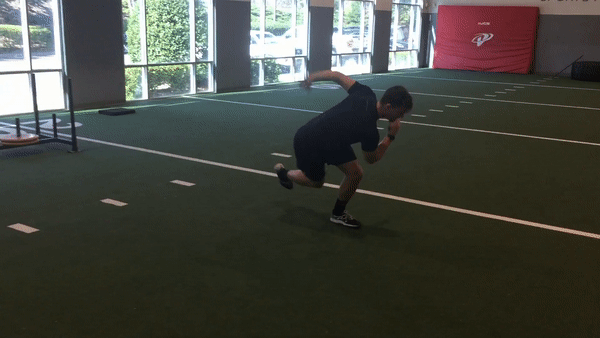
The lateral-to-medial jump is near and dear to me since it was the star of my research article published in this same journal almost a decade ago. The fact that it didn’t significantly correlate to throwing velocity honestly was a hit to my academic ego and my bias.
This made me dig into the details of the study to see if there were any differences that could explain this variance.
The biggest distinction between the two studies was that I had my guys throw without a mound. Without the aid of a sloped mound and the gravity that comes with it I can see how having more power in the frontal plane could be more beneficial when it comes to flat ground throwing.
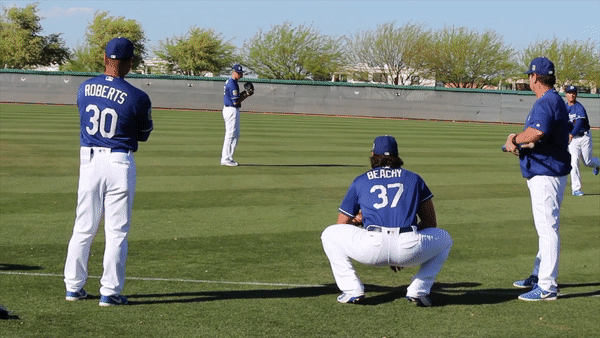
Other than that, the group of subjects were fairly similar to one another in regards to height (6’1” in this study vs 6’0” in my study), weight (192lbs vs 182lbs), lateral-to-medial jump (6’2” vs 6’3) performance and throwing velocity (82mph vs 80mph).
But if we were to take into account the inflation rate of throwing velocity from 2012 to today, I think my subjects were harder throwers relatively back when throwing 90 mph meant something.
The broad jump came in last place and was representing the sagittal plane. The vast majority of athletic tests are sagittal plane movements like sprinting and vertical jumping.
These tests are great to look at overall athletic ability but they just don’t have as strong of a carry over to throwing velocity. My study showed similarly low levels of correlation of throwing velocity to tests like the 60-yard dash, pro-agility, vertical jump and a couple of other sagittal plane-based tests.

What’s interesting is that these researchers not only reported the raw distance each athlete could jump, both broad and lateral-to-medial, but they also standardized these distances based on the athletes’ size.
For the broad jump, the distance was divided by their height while the lateral-to-medial jump was standardized to mean leg length. So, if a shorter athlete jumped just as far as a taller athlete, they would have a higher standardized jump score.
However, neither the raw or standardized jump scores for either the broad or lateral-to-medial jumps correlate to throwing velocity.
I thought it was great how they looked at jump performance but I wish they could have also calculated some version of power by taking the individual weight of each player into consideration.
Body weight is almost always mentioned as one of the top factors that contribute to velocity in these types of studies.
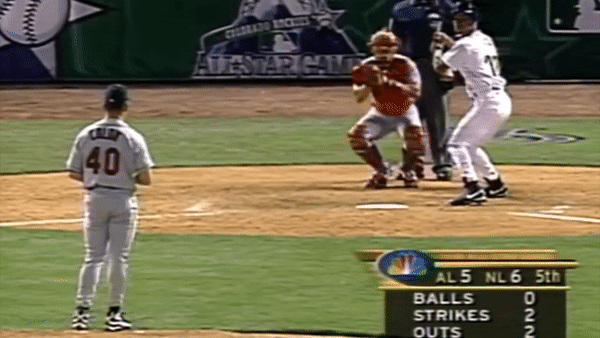
The more mass you have behind you the more potential you have to create higher levels of momentum that you can transfer to the ball. The best way to create lots of momentum is to have a lot of mass and move it quickly.
Transferring as much of that momentum as possible to a ball is a bit trickier and requires some in-depth bio-mechanics.
Since body weight wasn’t factored into the jumps it’s hard to say that they aren’t as useful as the RMBVT to predict throwing velocity.
The reason I say this is because the RMBVT is a test where extra body weight can be a competitive advantage. The RMBVT wasn’t standardized by weight giving lighter athlete’s a 4 lbs ball and heavier players an 8 lbs med ball.
The fact that it wasn’t standardized is probably a big reason it correlated to throwing velocity coupled with the transverse plane specificity. No matter how you throw a medicine ball the result is based purely on how much energy and momentum you transfer to the ball no matter how big or small you are.
In my study the test finished in second place right behind the lateral-to-medial jump in regards to predicting throwing velocity was med ball throw in the sagittal plane. The test required the athletes to throw a 6 lbs med ball backwards as far as possible. We called it a scoop toss.

The arms are required to be straight just like the RMBVT and after a couple of practice throws most athletes were able to figure out their optimal launch angle to maximize distance. What’s funny is that if we just look at the lower half when we perform a broad jump and a scoop toss the actions are fairly similar.
But in one case they don’t help predict throwing and in the other they do which shows how we have to dig a little deeper.
So, this sagittal plane test that looks nothing like throwing a baseball can also be helpful in determining if an athlete has the type of power needed to light up a radar gun. Maybe the specificity we need to be talking about is the act of throwing.
These throws are similar enough in the sense that they are full body movements that rely heavily on acceleration and the transfer of momentum from your body to whatever you’re trying to throw. This sequential acceleration from a dead start through to release is vital for throwing success in any arena.
What I’m getting at is throws of all types would be great to implement with your players on-field.
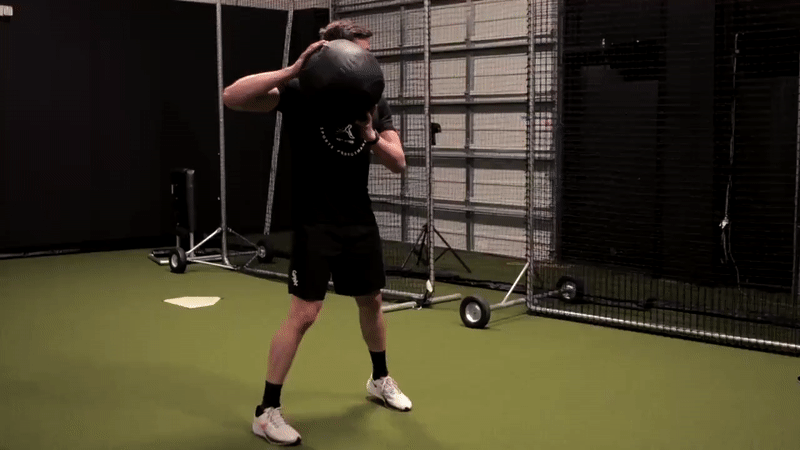
Here’s a laundry list of why Med Ball throws are awesome:
1 – They have been shown to relate to on-field performance: see above.
2 – They can provide feedback in the form of distance and/or velocity: this will help create more intent.
3 – They are fun & competitive: easy way to compete with fellow teammates.
4 – They don’t have an eccentric portion: as a result, they cause little to no muscular soreness the next day which makes them great for in-season training.
5 – They aren’t too complex: good enough technique for med ball throws should be easy to achieve after a couple of sessions with feedback like velocity and/or distance. So, once you’ve hit a ceiling of technique any further improvements are a result increased muscular power.
6- They can be used as a form of athlete monitoring: because of this low-technique the results of regular med ball throws under the same conditions can tell you if a player is fatigued from a neuromuscular standpoint if there’s a significant drop in performance.
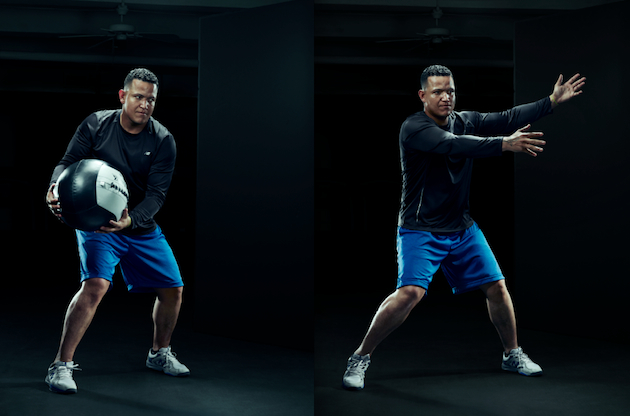
It’s obvious that I like med ball throws and I think they should be in every baseball player training regime all year round with a variety of different types of throws. With that being said I think that training and testing the jumps in this study are still important.
If for example, you have an athlete that can’t broad jump their height you might want to spend some time and energy improving this aspect of athleticism. Odds are that an increase in broad jump performance going from less than 1.0x times standing height towards 1.25 and eventually 1.5 times height would produce an increase in throwing velocity.
Beyond this the broad jump will then, in my opinion, start to display some diminishing rate of return. If, however, an athlete could increase their body mass and still jump 1.5 x their height we could see some positive gains on the mound.
For the record the broad jump scores in this study were on average 7’11” with the height of 6’1” which gives us a score of 1.3 times height.
Final Thoughts
I think that it’s awesome that these researchers found that one single test can be correlated to throwing velocity, bat speed and exit velocity. However, no one test is going to give us all the information that we need to help steer athletes in the right direction in regards to their training. A series of tests and assessments should be implemented to see which areas of physical development are lagging behind to see where there is the greatest room for improvement.
Graeme

